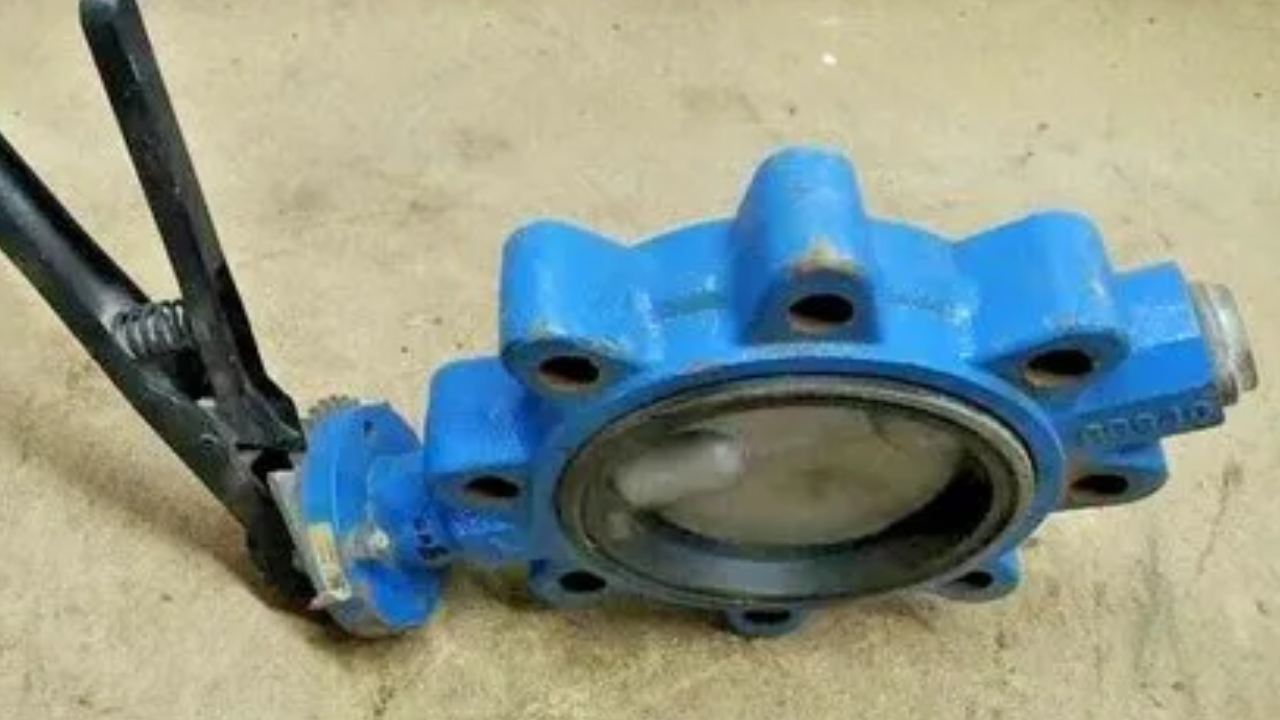What Maintenance Is Required For Lug Style Butterfly Valves?
Lug-style butterfly valves require regular maintenance to work optimally and last as long as possible. Regular inspections, lubrication, and functional testing are all necessary components of a thorough maintenance program. Visual checks discover obvious damage or wear, whereas sealing element investigations reveal possible leak spots. Lubrication reduces friction and ensures smooth valve operation, while bolt and nut inspections maintain the valve connection.
Flange and operational inspections avoid misalignment or anomalies, while functional testing assures correct answers. Timely detection and repair of faults improves the valve’s efficiency by preventing leaks and assuring consistent operation. A well-maintained lug style butterfly valve not only surpasses industry standards but also offers cost-effective, long-term solutions for a wide range of industrial applications that require dependability and efficiency.
Are Lug-Style Butterfly Valves Suitable For High-Pressure Applications?
Lug-style butterfly valves are appropriate for a variety of pressure applications. However, the valves’ viability for high-pressure applications is determined by their unique design, materials, and pressure ratings. It is critical to choose a lug-style butterfly valve that matches the system’s pressure needs and fulfills industry standards for high-pressure applications, assuring safe and efficient performance.
Maintenance Requirements for Lug Style Butterfly Valves
Below is detailed information regarding the maintenance of lug butterfly valves.
Visual Inspection
Visual inspection is a basic maintenance requirement for lug-style butterfly valves. This includes inspecting the valve, lugs, disc, and sealing parts for visible signs of damage, wear, or corrosion. Regular visual inspections help spot potential problems early on, allowing for timely repairs and avoiding disturbances in fluid control systems. It is a proactive strategy designed to ensure the valve’s dependability and lifetime.
Operational Checks
Operational inspections are critical maintenance needs for lug-style butterfly valves. This includes checking the valve’s opening and closing mechanisms, listening for strange sounds, and inspecting the movement for anomalies. These tests must be performed regularly to ensure that the valve performs optimally and to avoid operational disturbances in fluid control systems.
Sealing Element Inspection
Sealing element examination is a critical maintenance need for lug design butterfly valves. This includes inspecting the elastomeric seals, such as EPDM or Nitrile, for signs of wear, ripping, or degradation. Proper sealing is essential for avoiding leaks. Regular inspections and timely replacement of broken seals preserve the valve’s ability to form a trustworthy seal, contributing to the valve’s overall efficiency and dependability in fluid control applications.
Lubrication
Lubrication is a necessary maintenance step for lug-style butterfly valves. Lubricants are applied to moving parts such as the stem, pivot points on the disc, and other crucial locations. Proper lubrication reduces friction, enabling smooth valve operation and extending its lifespan. Regular lubrication is essential for reducing wear and ensuring the effectiveness and dependability of lug-style butterfly valves in a variety of fluid control applications.
Bolt and Nut Inspection
A bolt and nut check is a key maintenance step for lug-style butterfly valves. It entails inspecting the tightness and condition of the bolts and nuts that attach the valve to the flanges. Loose or broken fasteners may jeopardize the valve’s integrity. Regular checks ensure proper bolt and nut conditions, which contribute to a secure valve connection.
Flange Inspection
Flange inspection is an important maintenance step for lug-style butterfly valves. It involves inspecting the valve’s flange connections for any evidence of damage or misalignment. Proper flange inspection ensures that the valve is properly bolted between the flanges. Addressing faults discovered during inspections helps to minimize any leaks or disturbances in fluid flow, which improves the valve’s overall reliability and efficiency.
Functional Testing
Functional testing is an important maintenance step for lug design butterfly valves. It entails testing the valve’s reaction to control signals to ensure precise and dependable operation. For automated systems, this includes ensuring that the automation components are functioning properly. Regular functional testing helps to identify any problems with the valve’s responsiveness.
Summary
A proactive and systematic maintenance approach is required to ensure the consistent and efficient operation of lug-style butterfly valves. Regular inspections, lubrication, and troubleshooting help to extend the valve’s life and reduce the danger of unexpected failures. By implementing these maintenance practices into a complete strategy, industries may optimize their fluid control systems and reduce potential operational disruptions.

Don
Don is a writer, editor, and content strategist who helps businesses communicate their messages clearly and effectively. With more than 10 years of experience in the publishing industry, Don has a deep understanding of what makes good content great. He is an expert at developing and executing content marketing plans, and his work has been featured in leading publications such as Forbes, Entrepreneur, and The Huffington Post. When he's not writing or editing, Don enjoys spending time with his wife and two young children.